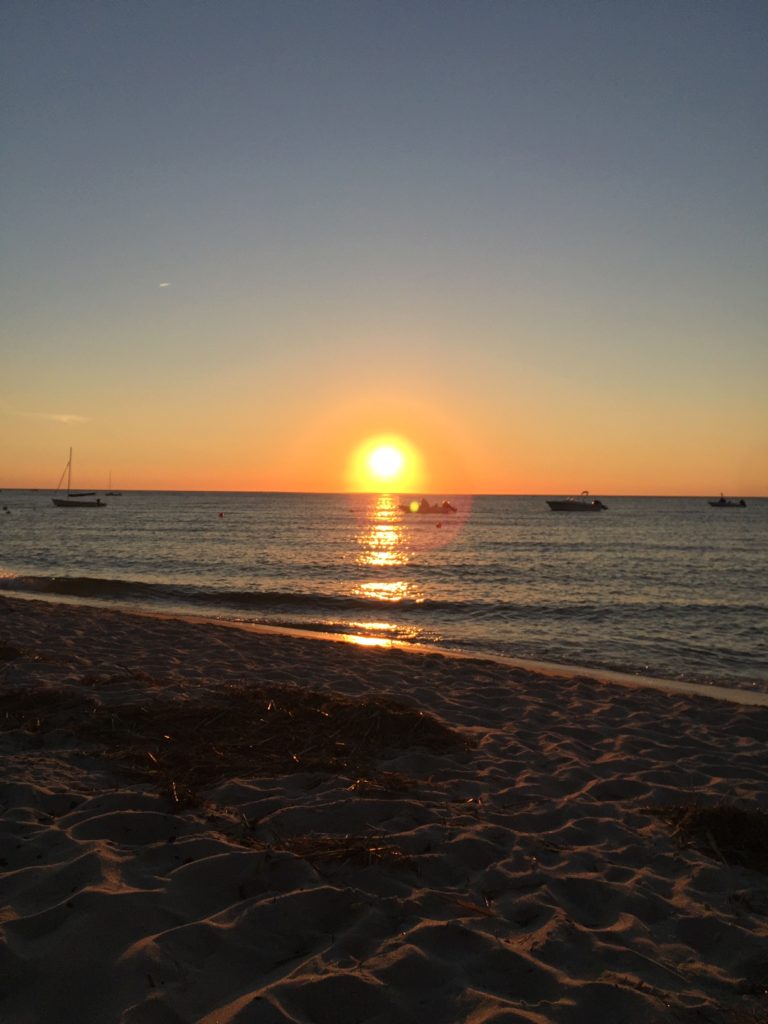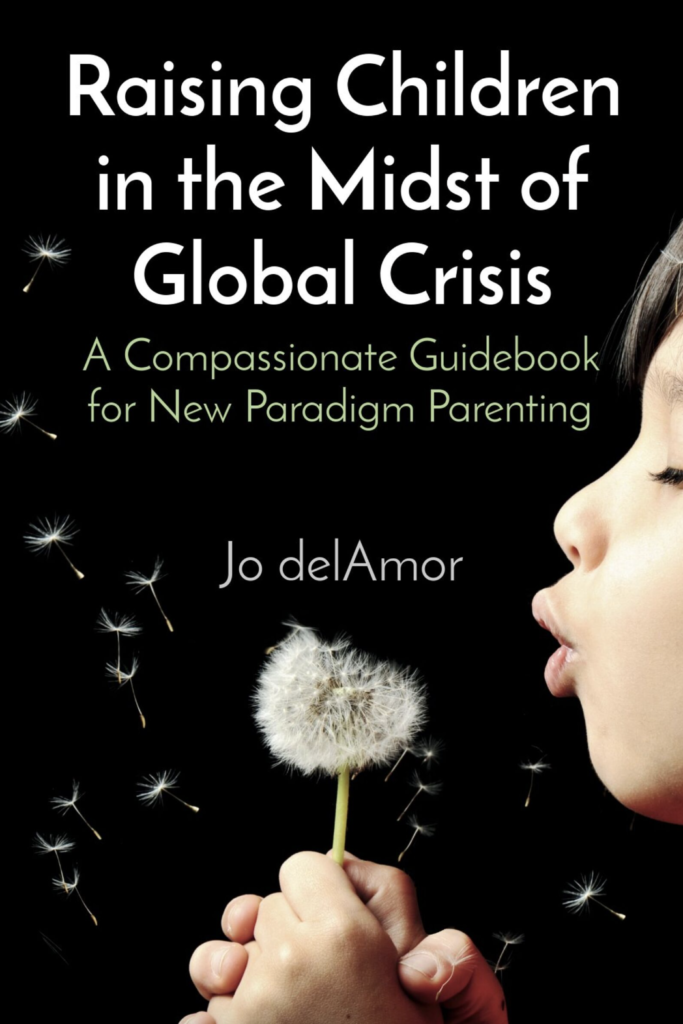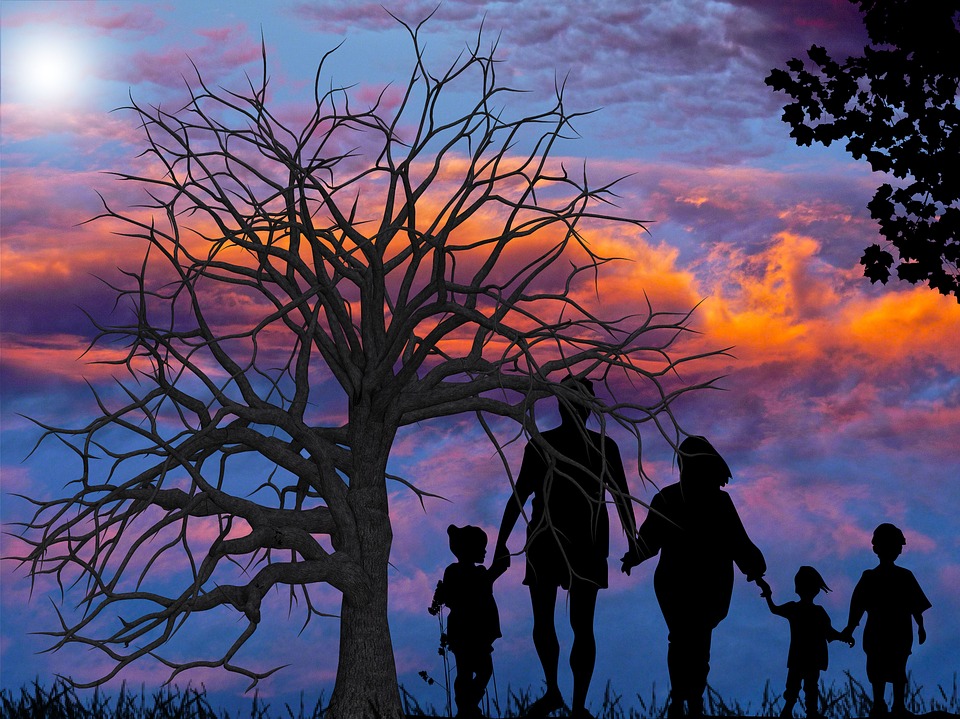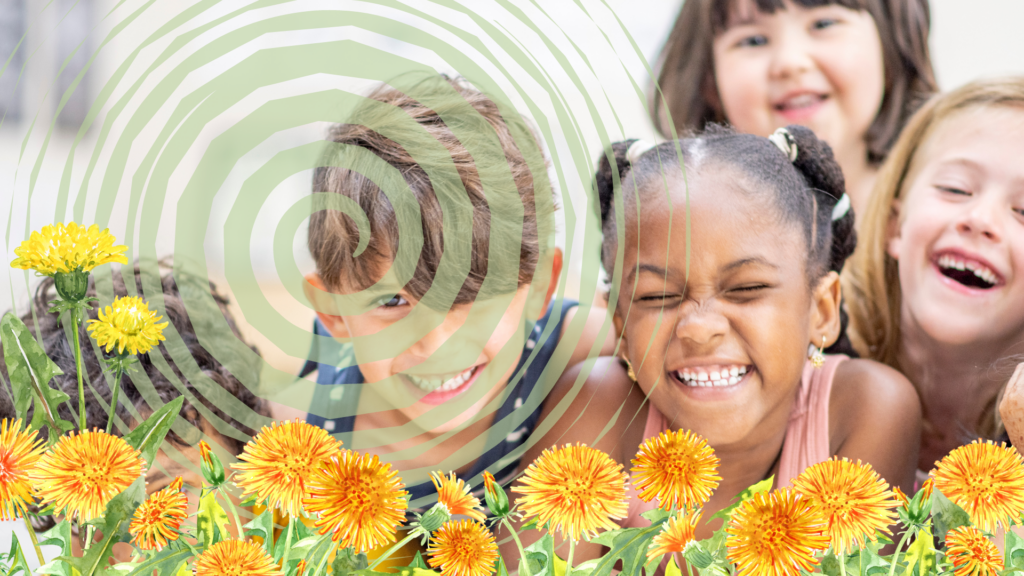Early in the Speak the Spark program Leah asked us to get a long piece of paper and map out the story of our personal lives without using any words. A life story told entirely through symbols and images.
I loved this assignment!
It was the perfect excuse to create with imagery again after an agonizingly long hiatus from painting. I loved that my “homework” forced me to squeeze some time out of my busy schedule for getting artsy and conjuring meaningful images. Most of all, I loved dropping into that subtle field where images drift in through my consciousness and communicate subtleties that words can never quite fully express.
It is said that “a picture is worth a thousand words.” But truly, pictures often say what words simply can’t, no matter how many you would use.
When I was first given this assignment one image came to mind immediately. I had no idea what other images might come, if any, but I decided to sit down and just sketch out that first one to get started.
This very first one was kind of surprising to me. It came from my childhood and it was crystal clear. A crab.

It was the kind of crab that my friends and I used to catch on the shores of the Cape Cod Bay on our many long days at the beach in the summers of the 1980s. Moms would sit in the sun on beach chairs with umbrellas cocked nearby and coolers and beach towels strewn about, chatting about grown up mom stuff while we ran around and swam and caught crabs like a herd of wild beach bummin’ kiddos, sunburnt and salty, all covered in sand.
While the tide was going out and the water was receding from around the rocks of the jetty and the waving thickets of beach grass, we would pry a muscle clam off one of the rocks and pluck out a piece of that beach grass to create our lure. We’d smash open the muscle shell between two rocks and pull out the slimy, squishy clam from within. Then we’d tie the skinny end of the beach grass around the muscle. Nice and tight.
Once that was all set we’d scramble up onto the jetty, trying not to slice open our feet and legs on the barnacles, and slowly dangle the muscle down in between the rocks on the end of the piece of beach grass. One person would do this sacred task while another would stand in wait with a net and the rest of the herd would look on anxiously. If a crab sensed the muscle and grabbed onto it, the child holding the beach grass would oh-so-carefully lift up the beach grass, quickly, but not too quickly, and the kid with the net would swoop in under, capturing the crab to add to our collection.
We didn’t catch every one. It was hit or miss. But we were diligent and, much to our delight (and most probably to the crabs’ chagrin), we would inevitably fill our buckets with squirming crabs, to heat up in the sun while we played and swam.
I think we figured out this crab catching method on our own. Or maybe an older kid showed us. Either way, it was ours, and we were proud of it.
This one simple image is a key that unlocks a thousand memories in my soul. It instantly transports me from the cold raining city streets of Oregon and this 41-year-old body to the hot, sticky, sandy beaches of my youth.
Everything comes with it…
…the light on the water, buoys gently bobbing, the smell of salty air and the comfortingly familiar stench of low tide, the almost forgotten names of the kids I played with and the gritty crunch of real sand in the ‘sandwiches’ we ate together. It’s amazing. It’s all there, packed into that little colored pencil sketch of a crab.

More present than all of these specific details, however, is the felt sense of what it felt like to be me back then.
These were the days before tragedy struck my family. When I was just a kid, like all the other kids. These were the days when I had two big sisters that played with me and took care of me. When we were a family of five and I was the baby.
As I allowed myself to sink into that feeling, more images came. And more. And more. My life began to pour out onto the paper in a wordless flood of expression. Each image opened a gateway into a whole world of experience and perception, carrying countless layers of vivid memory from the various unique moments of my life. Senses, thoughts and experiences that would have otherwise remained obscured by forgetfulness rushed forth within their simple shapes and colors.

When the drawing was complete I stepped back to take it all in and observe. I saw it all there together in its progression.
I was able to witness my life as a work of art; a sensory experience, a medley of images and color, light and darkness, shapes and movement that characterized all of those individual lived moments.
I saw how the vibrant colors of the first nearly 10 years of my story map gave way sharply to the turbulent blues and grays that represent my oldest sister’s death and the decade-long dark period that followed. And the circuitous way that life roped me back in, through despair and rebellion into adventure and discovery, bringing the color and beauty back, along with a whole lot of sacredness.
As I took it all in together I noticed that my life has its own style and flavor, indeed, its very own shape.
There is an enormous sense of relief in that for me.
It reminded me of a tender and beautiful poem that my sister sent to me a couple of years ago, which I’ll share here to have the final word…
The Cure –by Albert Huffstickler
We think we get over things.
We don’t get over things.
Or say, we get over the measles
but not a broken heart.
We need to make that distinction.
The things that become part of our experience
never become less a part of our experience.
How can I say it?
The way to “get over” a life is to die.
Short of that, you move with it,
let the pain be pain,
not in the hope that it will vanish
but in the faith that it will fit in,
find its place in the shape of things
and be then not any less pain but true to form.
Because anything natural has an inherent shape
and will flow towards it.
And a life is as natural as a leaf.
That’s what we’re looking for:
not the end of a thing but the shape of it.
Wisdom is seeing the shape of your life
without obliterating (getting over) a single
instant of it.



